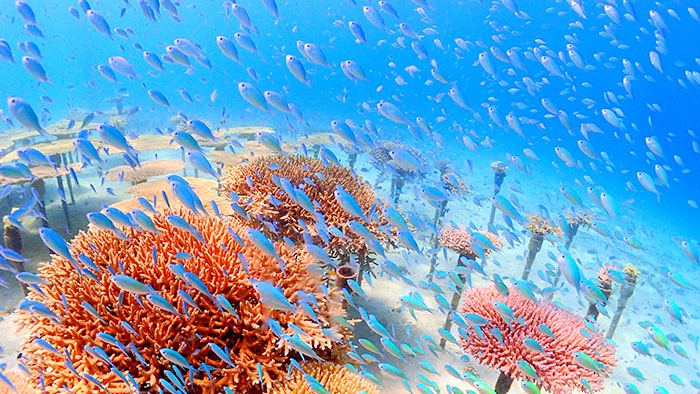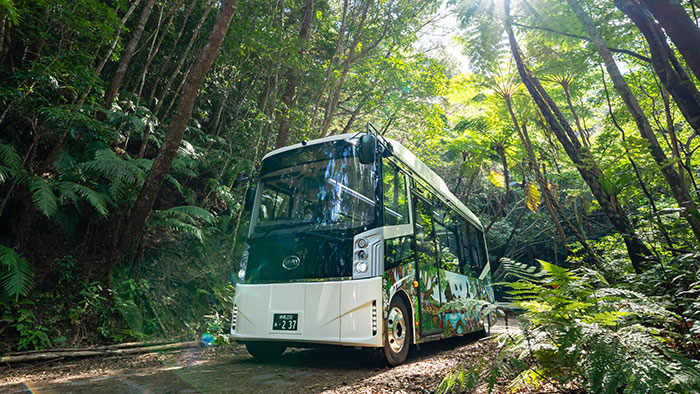
SPNHC-TDWG 2024
The first-ever joint conference in Asia, hosted by SPNHC and TDWG, was successfully held from September 2 to September 6, 2024 at Okinawa Convention Center. The host organization and a professional congress organizer (PCO) were committed to operating the event with an awareness of the sustainability of Okinawa, the host prefecture, not only from the perspectives of the reduction of environmental impact and protection of rich natural environment, but also the development of the understanding and mutual exchange between participants to the event and the host prefecture.
The Okinawa MICE Network Subcommittee, OCVB serves as the secretariat, was engaged in the project by providing supervision and advice based on the Okinawa MICE Sustainability Guidelines. In the context of international events held in Japan, where there are few cases of consistently applying sustainability guidelines from planning to follow-up, this event has become a valuable reference for sustainable MICE operations in Okinawa.









